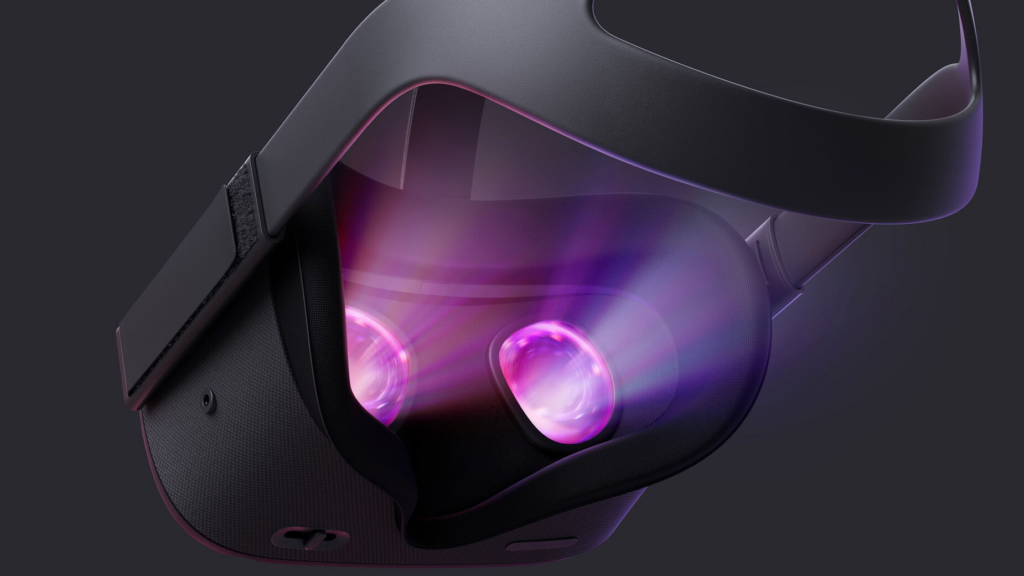The Oculus Quest joined the masses of headsets with the IPD adjuster at the bottom of the headset this past spring. Although it isn’t the most popular hardware feature on the market, it is a pretty easy adjustment to make when you have a headset that is going to be shared amongst many people. The Oculus Quest is a perfect introduction to virtual reality headset, so naturally this headset is being shared within families and groups of friends all over the world.
Since the initial release of the Quest, the manual IPD adjuster has been doing a slightly below

Since the Oculus Connect even in September, we have learned that the hardware in the Quest is much more powerful than the software is right now. We have been gifted with Passthrough+, a better way to use the passthrough option inside of VR. We are receiving hand tracking, and even the Oculus Link in less than a month. Next up on the list of features that are being rolled out? An automatic IPD adjuster. A new software expected to be released very soon is going to give the Quest the ability to tell you what you have set the function, and even set the IPD for you.
This feature was shown at the Oculus Connect event last month. If you demoed anything with a Quest on the show floor, and you changed your IPD slider, you noticed the little popup that was shown telling you what your IPD was set to as you continues to move. This makes it incredibly easy to change to your desired distance, as its not too hard to know your IPD in todays world.

This popup indicator is in many other consumer headsets, but the consumer versions of the Quest have yet to see this incredibly important feature.
For a truly immersive virtual reality experience, you cannot get by without a very accurate IPD setting. If you toss the headset on after someone else, it likely is going to be a bit blurry. If that Never changes throughout your own experience, you likely won’t be able to get lost in any virtual world. It

Knowing your own IPD can be a bit tricky. Unless you have an exact measurement from your eye doctor, the steps to know your own IPD can be a bit clunky as well. You can hold a ruler with CM on it up in a mirror and read it to yourself. If that doesn’t work for you, it is incredibly easy to have your friend do the process for you as well. Knowing your IPD is incredibly important in the virtual world. For more VR news and community updates, make sure to check back at VRGear.com.






























